Site Images
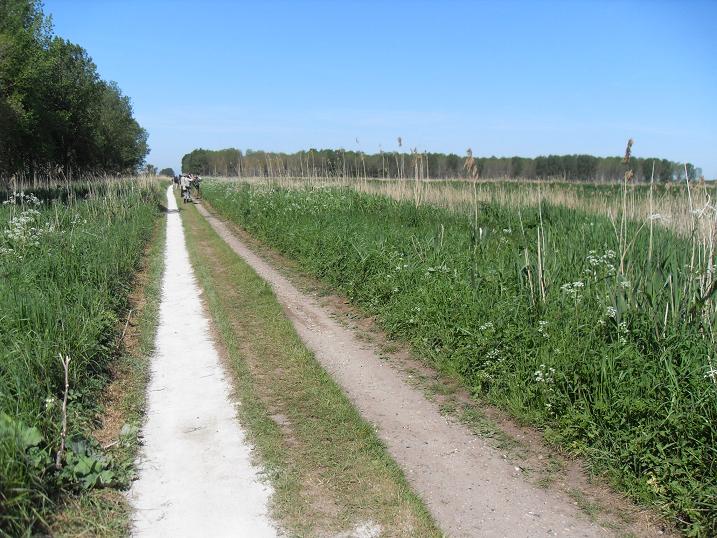
Lakenheath Fen - trial wood
view
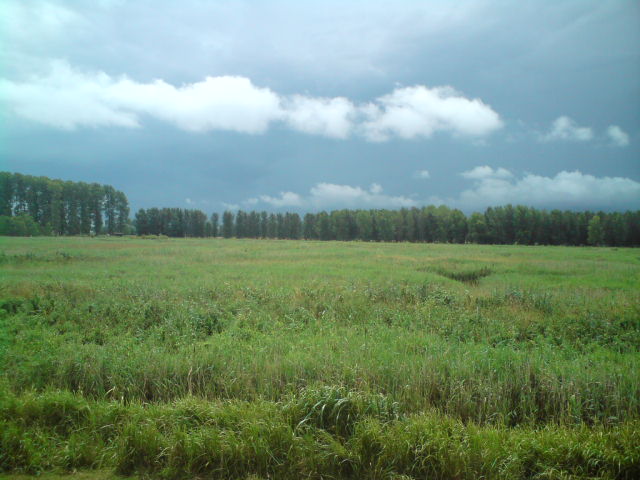
Lakenheath fen
view
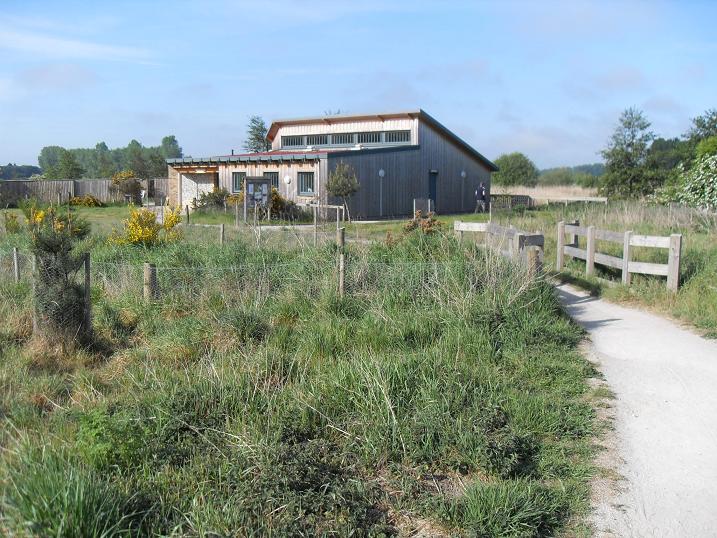
Lakenheath Fen vistor centre
view
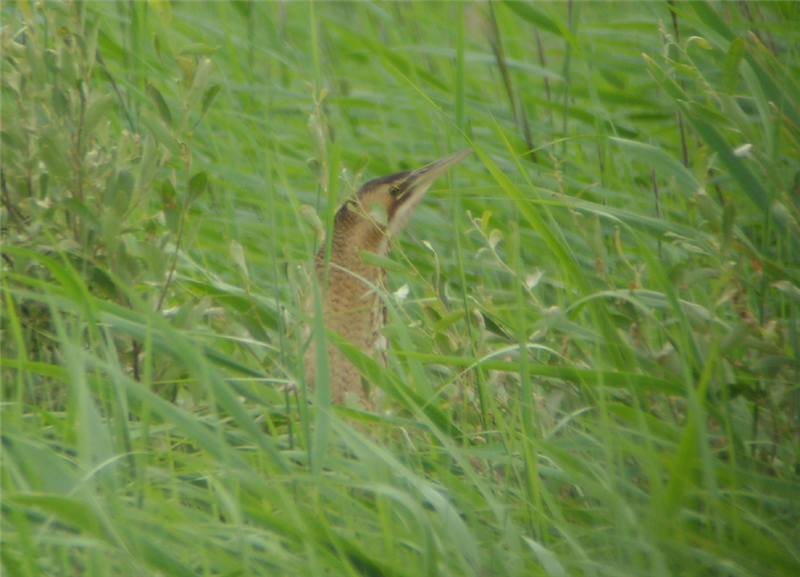
Lakenheath Bittern
view
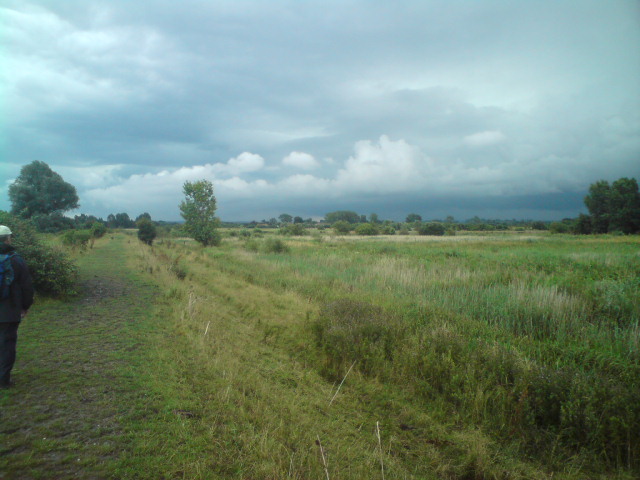
Lakenheath Fen
view
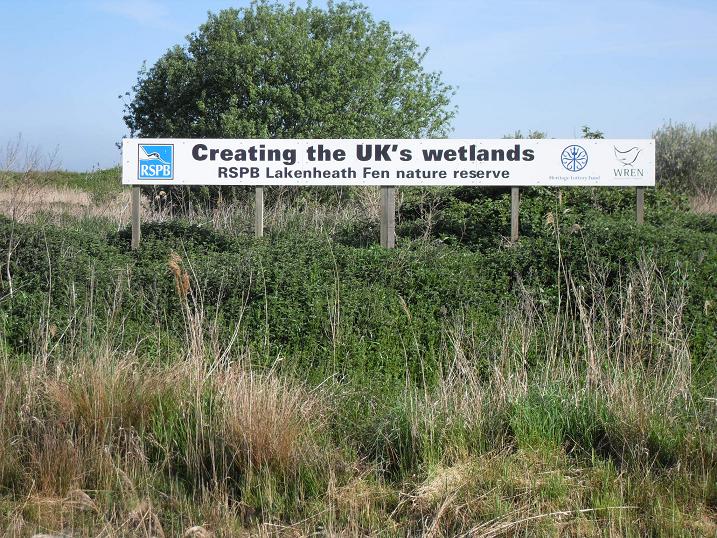
Lakenheath Fen
view

Golden Oriole by Will Soar
view
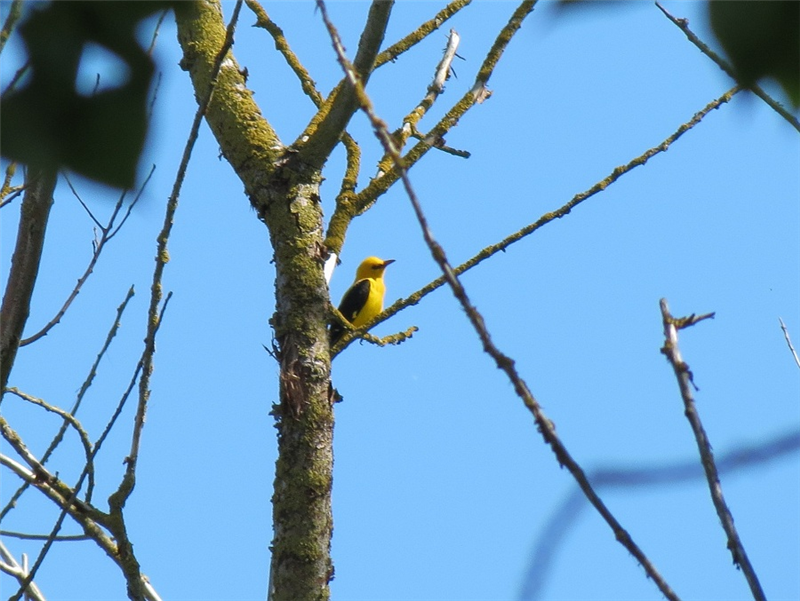
Golden Oriole
view
Summary
Fantastic Wetland habitat and Golden Orioles
Location
-
TL722864
-
52.448420, 0.532460
Although most of the reserve is just over the border in Suffolk this fantastic site is included here. The large pool viewed from the bank near the car park ‘Hockwold wash’ is in the county but the all important poplar plantations are in Suffolk.
The primary target here is Golden Oriole. This is probably the only breeding site in the country with 2-3 pairs breeding annually. The orioles arrive in late April or early may and leave during August. Despite the males being bright yellow they can be incredibly hard to see in the poplar trees, you are more likely to hear the males singing, listen out for the fluty tropical whistles. Sometimes a nest is viewable from one of the footpaths, if not sightings are down to luck and patience.
Other star attractions include; Common Crane, two pairs arrived in 2007 and successfully fledged young for the first time in 2009. Bitterns are well represented, with four nests in 2009. A very healthy population of Bearded tits occur in the extensive reed bed. Garganey breed on the wash most years. Several pairs of Marsh Harrier breed. Hobbies treat the reserve as stopping off point when first arriving in spring, several pairs also stay to breed. The reserve also holds Turtle Dove, Grasshopper Warbler, Cuckoos and lots of other commoner warblers.
The reserve through the seasons
Spring is a good time to hear booming bitterns and hobbies reach their highest numbers in early May when up to 60 can be seen hunting over the reed beds, best place to look from is the far viewpoint. These disperse to breed elsewhere by later in the month. Our common breeding warblers arrive and are very vocal at this time of year.
During the Summer months Golden orioles can be seen collecting food for their young. Marsh harriers can be seen feeding young and bittern feeding flights may be visible. During July young Harriers can be seen everywhere practising their flying. This is also a good time to look at the abundance of dragonflies and butterflies on the reserve.
By late summer and early autumn all the visiting breeding birds have left, but from late autumn wildfowl build up on the wash, with many of our common duck species present and maybe a few wild swans. This is a good time to see Cranes as they become more visible and the young have learnt to fly.
In winter months a gull roost can build up, predominantly Lesser Black Backed but also both Yellow Legged and Caspian can be present. This can be a good time to see Lesser Spotted Woodpeckers or maybe a Great Grey Shrike.
Target Species
Golden Oriole, Common Crane, Bittern, Bearded Tit, Marsh Harrier & Hobby